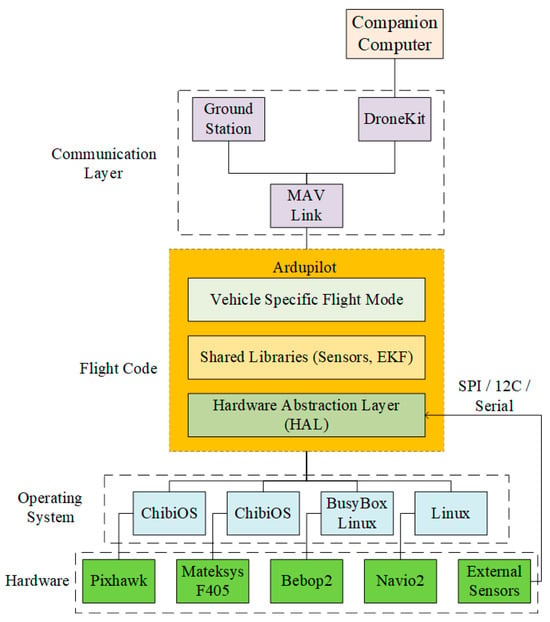This systematic review and meta-analysis aimed to verify the association between the genetic variants of adenosine triphosphate (ATP)-binding cassette subfamily B member 1 (
ABCB1) and ATP-binding cassette subfamily G member 2 (
ABCG2) genes and the presence and severity of gefitinib-associated adverse reactions. We systematically searched PubMed, Virtual Health Library/Bireme, Scopus, Embase, and Web of Science databases for relevant studies published up to February 2024. In total, five studies were included in the review. Additionally, eight genetic variants related to
ABCB1 (rs1045642, rs1128503, rs2032582, and rs1025836) and
ABCG2 (rs2231142, rs2231137, rs2622604, and 15622C>T) genes were analyzed. Meta-analysis showed a significant association between the
ABCB1 gene rs1045642 TT genotype and presence of diarrhea (OR = 5.41, 95% CI: 1.38–21.14, I
2 = 0%), the
ABCB1 gene rs1128503 TT genotype and CT + TT group and the presence of skin rash (OR = 4.37, 95% CI: 1.51–12.61, I
2 = 0% and OR = 6.99, 95%CI: 1.61–30.30, I
2= 0%, respectively), and the
ABCG2 gene rs2231142 CC genotype and presence of diarrhea (OR = 3.87, 95% CI: 1.53–9.84, I
2 = 39%). No
ABCB1 or
ABCG2 genes were positively associated with the severity of adverse reactions associated with gefitinib. In conclusion, this study showed that
ABCB1 and
ABCG2 variants are likely to exhibit clinical implications in predicting the presence of adverse reactions to gefitinib.
Full article
 IJMS
IMPACT
IJMS
IMPACT Applied Sciences
IMPACT
Applied Sciences
IMPACT Sustainability
IMPACT
Sustainability
IMPACT Sensors
IMPACT
Sensors
IMPACT JCM
IMPACT
JCM
IMPACT Materials
IMPACT
Materials
IMPACT Molecules
IMPACT
Molecules
IMPACT Energies
IMPACT
Energies
IMPACT Electronics
IMPACT
Electronics
IMPACT Remote Sensing
IMPACT
Remote Sensing
IMPACT Cancers
IMPACT
Cancers
IMPACT Nutrients
IMPACT
Nutrients
IMPACT Mathematics
IMPACT
Mathematics
IMPACT Foods
IMPACT
Foods
IMPACT Buildings
IMPACT
Buildings
IMPACT Polymers
IMPACT
Polymers
IMPACT Animals
IMPACT
Animals
IMPACT Water
IMPACT
Water
IMPACT Plants
IMPACT
Plants
IMPACT Agronomy
IMPACT
Agronomy
IMPACT Biomedicines
IMPACT
Biomedicines
IMPACT Processes
IMPACT
Processes
IMPACT Microorganisms
IMPACT
Microorganisms
IMPACT Diagnostics
IMPACT
Diagnostics
IMPACT Nanomaterials
IMPACT
Nanomaterials
IMPACT Viruses
IMPACT
Viruses
IMPACT Medicina
IMPACT
Medicina
IMPACT Healthcare
IMPACT
Healthcare
IMPACT Cells
IMPACT
Cells
IMPACT Forests
IMPACT
Forests
IMPACT Agriculture
IMPACT
Agriculture
IMPACT Land
IMPACT
Land
IMPACT JMSE
IMPACT
JMSE
IMPACT IJERPH
IJERPH
 Symmetry
IMPACT
Symmetry
IMPACT Genes
IMPACT
Genes
IMPACT Pharmaceutics
IMPACT
Pharmaceutics
IMPACT Coatings
IMPACT
Coatings
IMPACT Micromachines
IMPACT
Micromachines
IMPACT Pharmaceuticals
IMPACT
Pharmaceuticals
IMPACT Atmosphere
IMPACT
Atmosphere
IMPACT Children
IMPACT
Children
IMPACT Religions
IMPACT
Religions
IMPACT Antioxidants
IMPACT
Antioxidants
IMPACT Life
IMPACT
Life
IMPACT Metals
IMPACT
Metals
IMPACT Biomolecules
IMPACT
Biomolecules
IMPACT Vaccines
IMPACT
Vaccines
IMPACT Education Sciences
IMPACT
Education Sciences
IMPACT Minerals
IMPACT
Minerals
IMPACT Horticulturae
IMPACT
Horticulturae
IMPACT Brain Sciences
IMPACT
Brain Sciences
IMPACT JPM
IMPACT
JPM
IMPACT Bioengineering
IMPACT
Bioengineering
IMPACT















